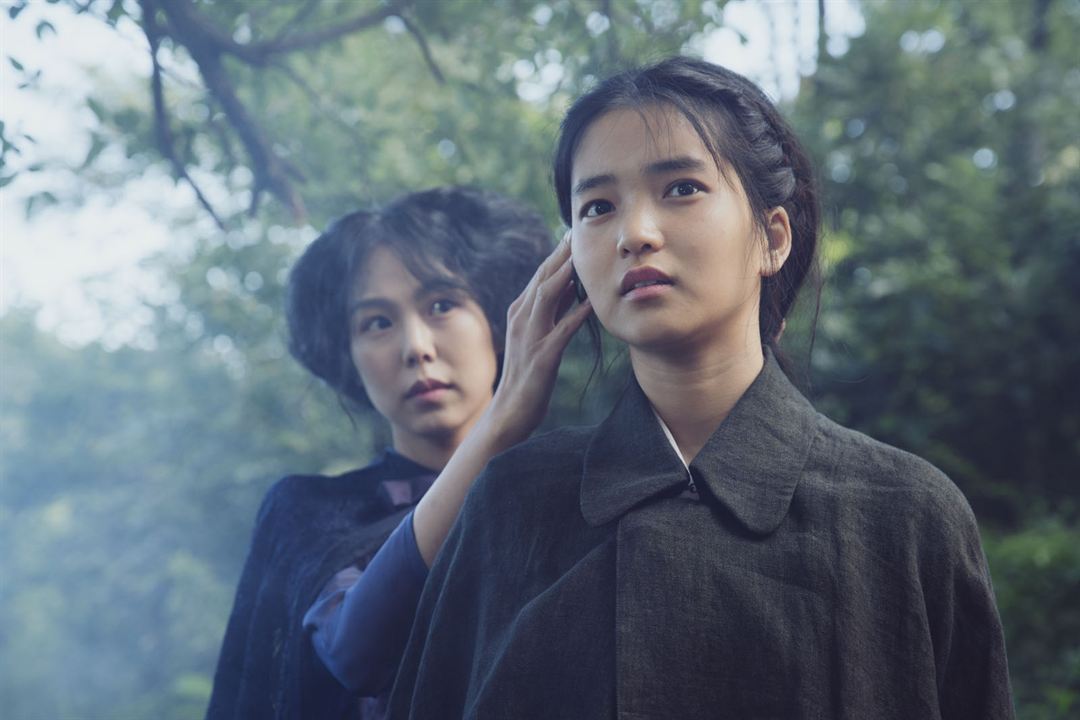
While the majority of movies present the narrative’s events in chronological order, the principle of non-linear storytelling holds benefits that could increase the pull or tension of a protagonist’s journey in extraordinary manner.
The 21st century could be described as the golden era of nonlinear movies, and the following list will name the top 10 from that era. Spoilers ahead.
10. Adaptation (Spike Jonze)
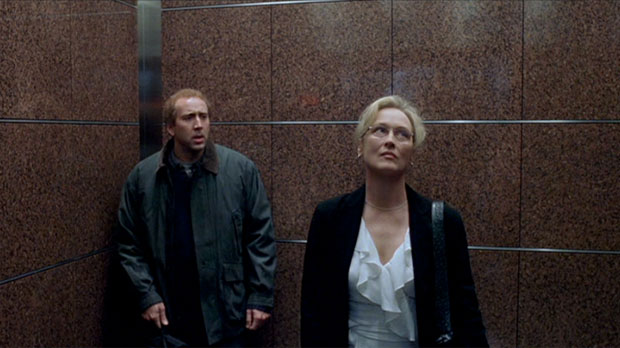
Working as a film-in-film narration, “Adaptation” tells the story of real life writer Charlie Kaufman (known for his award-winning works “Being John Malkovich” and “Eternal Sunshine of the Spotless Mind”) and his desperate attempts at adapting the novel “The Orchid Thief” into a screenplay. He is plagued by a creative blockade while his twin brother has huge success with his debut screenplay, a cliche-dripping serial killer thriller.
The motif of a film inside a movie’s narrative isn’t new to the world of cinema, but Kaufman manages to create a coherent and surprising story, switching between fiction and reality and multiple (short) layers of time. Aside from being one of the best nonlinear movies of this century, this film might be one of the most self-reflective and self-ironic ones as well.
Via voiceover narration (legendary screenplay guru Robert McKee demonizes the use of voiceover during the movie in an adamant manner), the audience is confronted with the self-doubts of Kaufman and his claim of denying Hollywood stereotypes. The brother’s different approaches at screenwriting could be understood as a metaphor for the huge differences between big budget nonsense productions and challenging in-depth narrations, and the divergence between the cliche-accepting masses and the minority of questioning audiences.
9. Enemy (Denis Villeneuve)
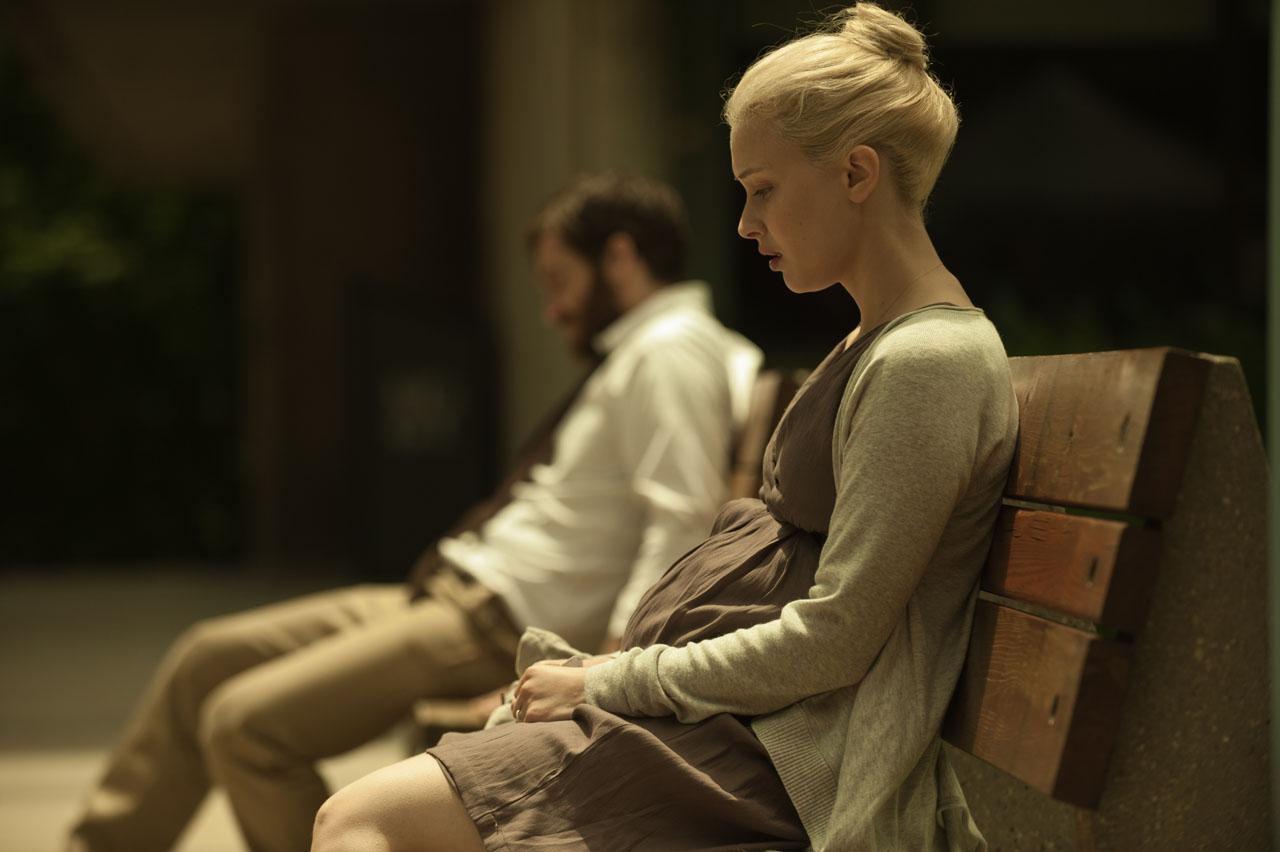
This movie is a psychological game of confusion in perfection. Based on the 2002 novel “The Double” by Portuguese author José Saramago, the movie tells the story of Adam Bell, a frustrated teacher whose life circles around uninspired sex with his partner and his unpleasing work routine. One day he discovers the existence of his doppelgänger, an actor, and tries to get in touch with him. During the movie’s surrealistic process, it weaves a cryptic web of fidelity, identity and interpersonal relationships.
What’s so interesting about the movie’s narrative is that its nonlinear nature isn’t an obvious one. Most of the movie seems quite linear and a lot of people won’t notice the scene’s non-chronological order. But with multiple views, the story reveals its miscellaneous progression with decent visual and narrative hints.
Filled with interesting metaphors, symbols and parallels between dictatorships and the protagonist’s life, the screenplay is a tour de force, offering a highly mind-penetrating narrative that will occupy the viewer’s thoughts for days to come.
8. The Fountain (Darren Aronofsky)
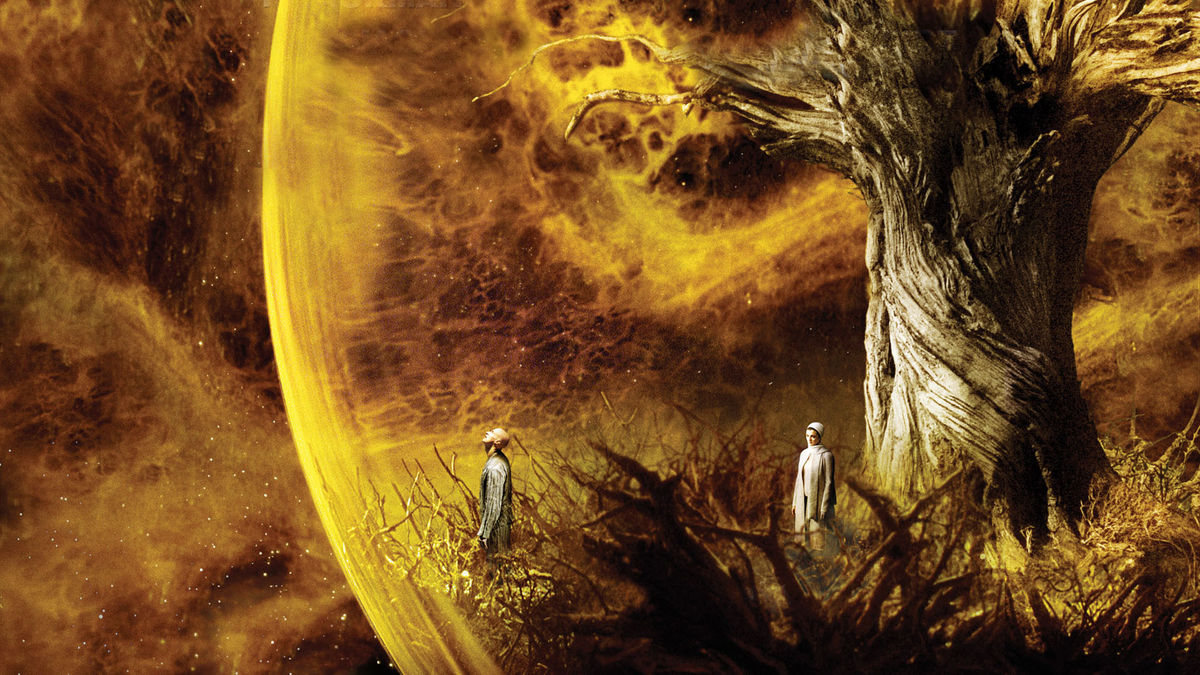
Darren Aronofsky’s third cinematic excursus as a director has a triadic narrative, gluing together three storylines that span over the course of one millennium. Around the year 1500, a Spanish conquistador tries to discover the Mayan fountain of youth.
In the present, a scientist works on a revolutionary medicine in order to save his wife from a brain tumor’s deathly effect. In the year 2500, the man is traveling through the space-time continuum, trying to receive fundamental answers in his transcendental state of consciousness.
The film is about love, death, the desire for immortality and the frangibility of human existence, making it a highly metaphysical illustration of humanity-defining themes. The nonlinear narrative is an instrument of illustrating the complexity of human life, while showing the omnipresent effect of death on every human from former days of mankind to the distant future.
The picturesque cinematography in combination with the hypnotic score by Aronofsky’s longtime collaborator Clint Mansell and the intimate sound design creates a modern magnum opus of extrasensory nature. In particular, the movie’s climax is what could be described as the essence of cinema – a true experience.
7. Irreversible (Gaspar Noé)
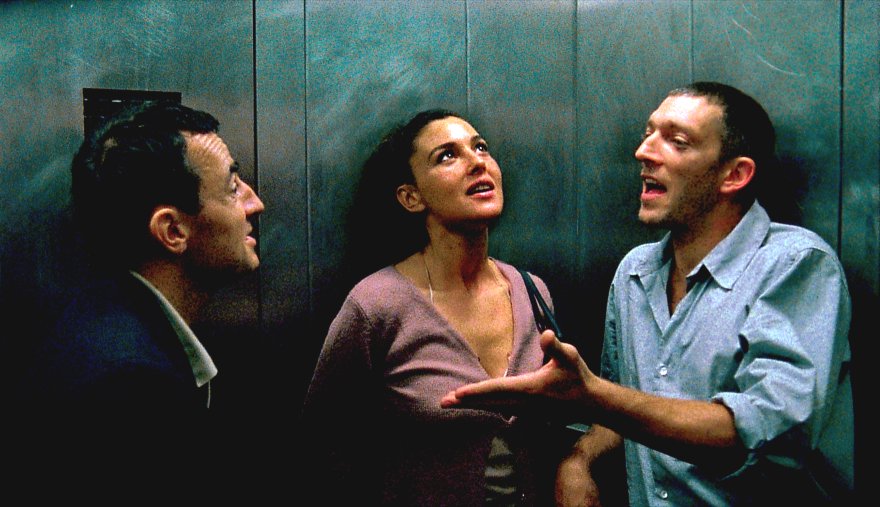
“Time destroys all things.” Opening and closing the movie, this quote clarifies the nihilistic aesthetic of Gaspar Noe’s “Irreversible”. The movie illustrates sinister events, dominated by violence, rape and anger. While thinking about this scandalous movie from 2002, two things immediately come to mind.
First, the huge controversy upon the film’s release, inflamed by the explicit illustration of violence with a 10-minute long take of a brutal rape stretching the audience’s resilience to a maximum. Second, the movie’s reverse narrative structure, collocating 13 scenes from start to finish.
The viewer is pitched in the sinister experiences of two men, who are inexplicably driven by a maelstrom of vengeance. The camera works like a silent companion, convoying the two men from the brutal events in a gay night club through the nighttime streets of Paris to a house party, where the one man’s girlfriend leaves after an argument and – as mentioned – gets brutally raped on a subway.
The narrative structure is as simple as it is ingenious. The audience is in a permanent state of disorientation. In the beginning, the viewer is confronted with extremely wiggly low-key pictures of a diffuse night club, without knowing the reason for the level of brutality and hectic rush.
On the subway the events are too terrifying to realize and at the movie’s end, the viewer is told that the woman has been pregnant the whole time, increasing the terror of the previous (or actual future) events.
6. 21 Grams (Alejandro González Iñárritu)
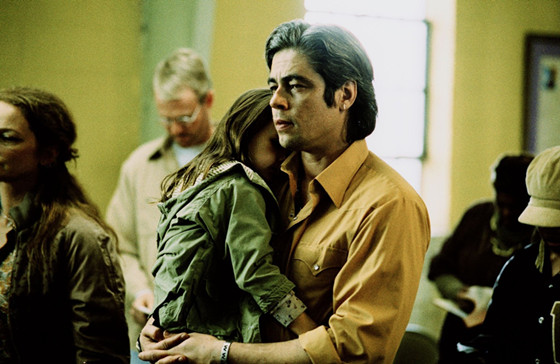
“21 Grams” by Alejandro González Iñárritu and screenwriter Guillermo Arriaga is a depressing movie, dealing with themes as heavy as grief on the shoulders of its protagonists. Death, decay, loss and guilt are just some of the movie’s driving forces, while the narrative contains scores of short scenes glued together by life-affecting incidents in which the different characters are involved.
Regarding the huge amount of short scenes, it’s impressive how the filmmakers managed it to create a coherent narrative stream without any moments of distraction. Aside from the story’s complex fragmentation, the camera work in particular arranges for the movie’s immersive character.
The shaky movements (as well as the narrative structure) give the audience the feeling of being restless and unbalanced, as well as the protagonists. This movie is definitely not a feel-good one, but a brilliant illustration of the bitter sides of life and the arbitrariness of fate.